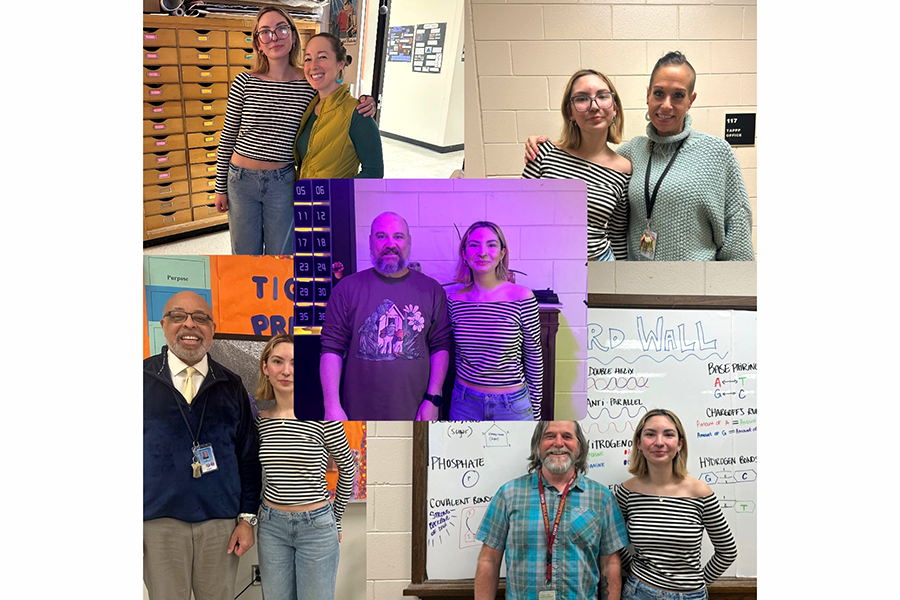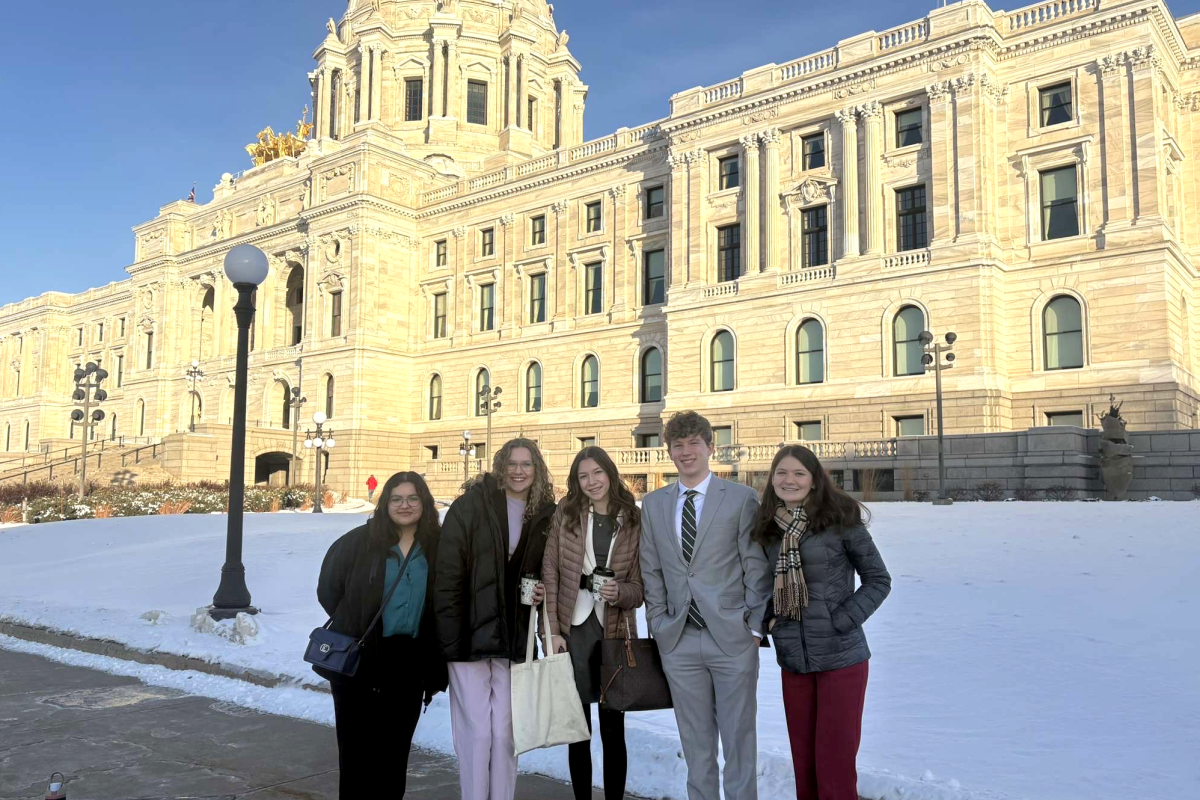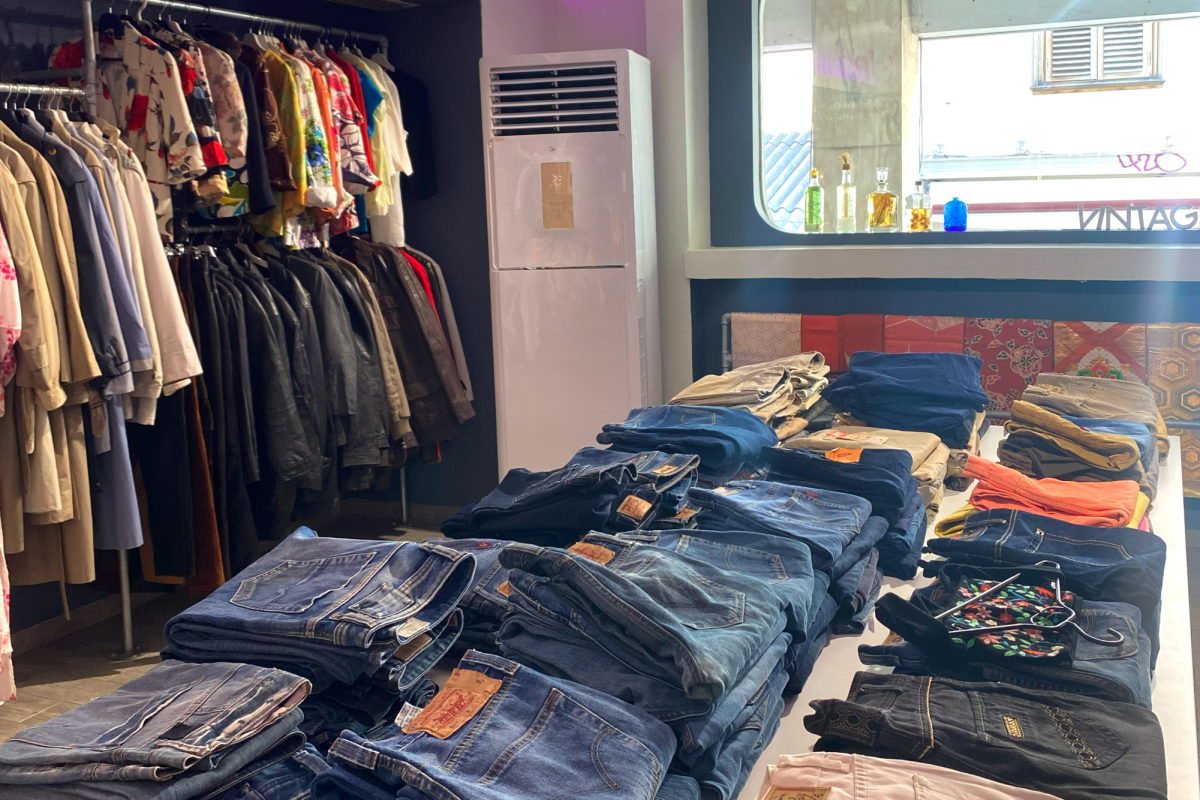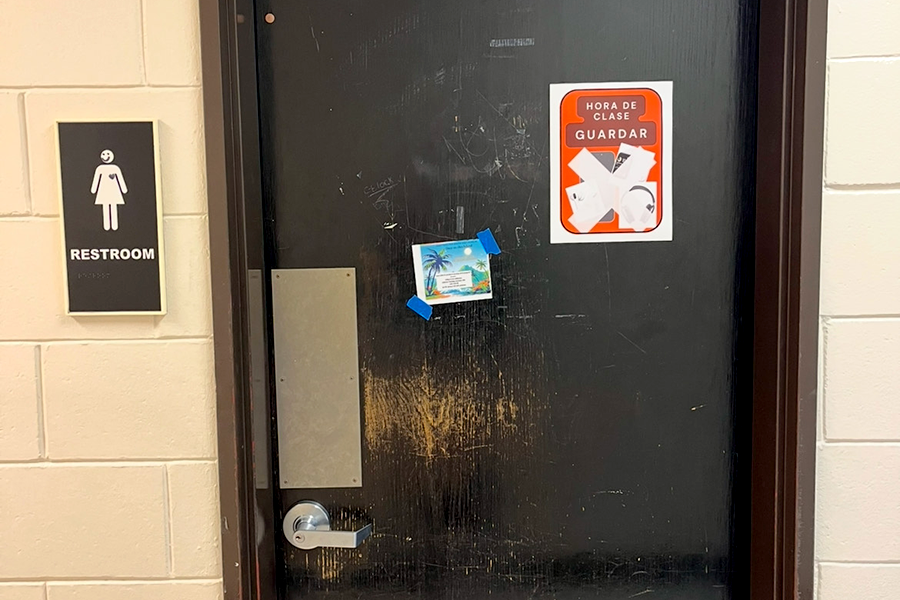“It seems like it’s Somalis against the whole school.” Senior Saida Mahamud is a Somali-American student who, until this year, has always felt her culture was accepted and welcomed at South. At the beginning of this year, however, she felt something quite different.
“I’ve noticed a lot of tension,” she said. “[People think] that Somalis are violent, or slackers, or that they always start fights in schools. Its like we’re all a bunch of troublemakers.”
Mahamud is not the only East African student to have experienced division within South, nor is she the only one making attempts to change it.
“Sophomore year, [a classmate] assumed I was Somali and they just didn’t want to talk to me,” remembered senior Omar Ahmed. “They would talk to me in class, but when they saw me in the hallway they wouldn’t say ‘hi.”’
Ahmed believes that his classmate’s hostility came from their presumption of his nationality, as he noticed a sharp change in their relationship once he corrected them.
“Once I told them my family was from Ethiopia they were like hey, let’s be best friends,” he said.
Ahmed’s family is Oromo, an ethnic group which constitutes much of the Ethiopian population, as well as portions of those in Kenya and Somalia.
This was not the first time that Ahmed was assumed to be Somali, a misconception which he attributes primarily to his last name and Muslim faith.
“I don’t find it offensive, but when people just take the assumption and say ‘you’re Somali’ or use it in a negative [tone], I find it really ignorant,” explained Ahmed.
Ahmed has found that some people’s ignorance may go farther than just the false identification of race, and into negative stereotypes about people’s characteristics.
“I feel like here at South, people assume that Somali people are really not good people, or they just look down at Somali people.”
Prejudice within South
Mahamud has personally experienced what she feels was racial prejudice against her at South, both from students and staff members.
“I was standing in the hall
ways, the first bell rang, and there’s this group of students spread out. The teacher came up to the East African students, and was like ‘who are you guys, do you have a pass,’ while there’s a whole other group of people just standing there, without passes, just talking,” recalled Mahamud.
“When I was just walking by myself the lady kept following me again. It seems like they’re so fixated on following Somalis, it almost makes it seem like we’re these bad students when we’re really not.”
Mahamud has also had some positive experiences with staff members, however, and she praises several for their attempts to further integrate the East African community.
Mahamud referenced teachers who had read books by Somali-born authors with their classes, as well as the introduction of Somali language and culture classes.
“Teaching in classrooms about who Somali people are and taking the time to learn about the cultures we have here at South High [is really important],” said Mahamud. “[This could work towards] getting rid of those stereotypes that we have and being like we’re all people, we don’t behave differently from each other.”
Mahamud has also found solace in some of South’s administration after having witnessed or experienced negative actions that she felt were racially charged.
“Champions” for East African students
Two incidents in the fall prompted Mahamud and Ahmed to seek a meeting with Principal Cecilia Saddler and Assistant Principal Jean Webb-Bradford.
First, a welcome banner written in Somali was ripped off the balcony by two students. Then, a lunch table which was primarily used by East African students was removed from the lunch room.
The students who sat there, including Mahamud, were told that the table was too messy and was not being cleaned properly.
Mahamud felt that these two incidents showed a pattern of discrimination against East African students.
“When acts like that happen, the administration, especially Ms. Saddler and Ms. Webb, really are champions for that,” reflected Mahamud. “They really do want dialogue with Somalis and other students as well.”
“Students have expressed feeling singled out, isolated,” said Saddler. “We have had a couple of informal conversations in order to address that issue.”
SSA aims to create unity
One addition to the school which may help to decrease these feelings of isolation is the creation of the Somali Student Association (SSA).
SSA was created at the end of the 2011-12 school year, and will be joining groups such as UNIDOS, UMOJA, and the Asian Student Association as South’s newest culture based group.
SSA was started by a group of friends, and has a goal to increase knowledge about Somali culture throughout South, and also to increase the pride of Somali students.
“We’re all trying to make a difference in our community,” said sophomore Nadiira Farah, who is the secretary of the association. “To people who…bring negativity against us, we’re trying to prove them wrong, that we’re better.”
South has previously had a Somali student group as well as a Muslim student group, but neither lasted very long.
SSA has already made an impact in its short existence, hosting a Somali night out before the end of last school year.
“We had a fashion show, we had kids sing the Somali national anthem, we had some Somali food, and we had a dance contest,” said Farah. “It turned out really good.”
Though Farah has never personally experienced any discrimination at South, she has noticed it throughout her community. For this reason SSA is attempting to have its impact reach beyond the walls of South, and into the city around it.
According to the latest census data, Minnesota has a larger Somali population than anywhere else in the country.
“We all have different connections that we try to bring to make it bigger,” said Farah. SSA is working on making and maintaining connections with a Somali student group at the University of Minnesota as well as with youth groups throughout the Cedar Riverside community.
Farah said that her biggest hope for people outside of the group was to provide them with a greater understanding of Somalia and it’s culture.
“One thing [they] can learn is our culture. They can learn about our foods, our language, our dances, and how Somalia is,” said Farah.
“Especially for the Somali students who are feeling down about their culture, who are experiencing all these [negative] things, these organizations will be great to lift them up and say, don’t be sad to be Somali, this is who you are, this is your culture, and also to be proud to be Somali and to also be an American as well,” said Mahamud, who is also a member of SSA.
Contribution can combine cultures
“Whenever an immigration happens, there is a certain process that’s happening, with every community, with every background that came. And I think [East African immigration] is not different than any other previous immigration that came here,” said Dahir Hassan, South’s first Somali language teacher.
“There were problems, there were good things, there were always interactions, maybe sometimes problematic. But in the long history of it, that’s who humans are. You don’t expect them to be everything in a smooth way of life. That’s the ups and downs of life and processes.”
Somali language and culture classes were added to South’s 2012-13 school year particularly because of the large number of Somali students in the Minneapolis Public School system.
According to the MPS website, there are approximately 2,800 Somali speaking students in the district.
“We were hoping that [the classes] would bring about empathy, understanding, and more involvement in wanting to be connected to one another,” said Saddler.
Hassan was born in Somalia, and, as of one year ago, is an American citizen. He is very proud to call himself “multi-cultural,” a background which he shares with many of his students. Hassan has lived not only in Somalia and the US, but also in many European countries.
From his many travels and immigrations, Hassan has learned not only of the struggles of combining cultures, but also of the positive impacts of contribution.
“It’s starts from the basic individual, the family, and then the community. I think [contribution] is a good way to gauge the good community,” explained Hassan.
“[You must think to yourself] what’s my real ability to give to the community, what can I contribute, what can I do. Even if I don’t see many things that I don’t like, still I owe that community to contribute something.”
For Hassan, contribution plays a big part in building a diverse community, which he feels lucky to have found at South.
“Students of other ethnicities or cultures are choosing South because we have created an environment of acceptance,” explained Saddler.
“We have seen an increase in languages spoken, as well as ethnicities, that choose South based on that premise, but with that comes the responsibility of creating an environment where everyone feels welcome.”
Working toward the future
“It’s sometimes difficult, because when you’re a new group, people tend to look at the negative side and then they tend to associate that with you,” said Mahamud. “Usually when new people come, people are scared to know who they actually are, so they tend to focus on the negative sides.”
Mahamud feels that people may focus on the “negative side” because of assumptions they have made about the entire Somali community based on select individuals, or because of misunderstandings about the Somali American community as a whole.
“Somalis didn’t just come here to take away jobs or anything, we came here because our families fled war, and death,” explained Mahamud. “We’re here to build ourselves and get a good education, get a good job, and hopefully use whatever job and education we get to better Somalia in the future.”
Saddler added, “It’s important to remember that humanity is what’s key, to respect each other, to learn from each other, and to not judge each other.”






